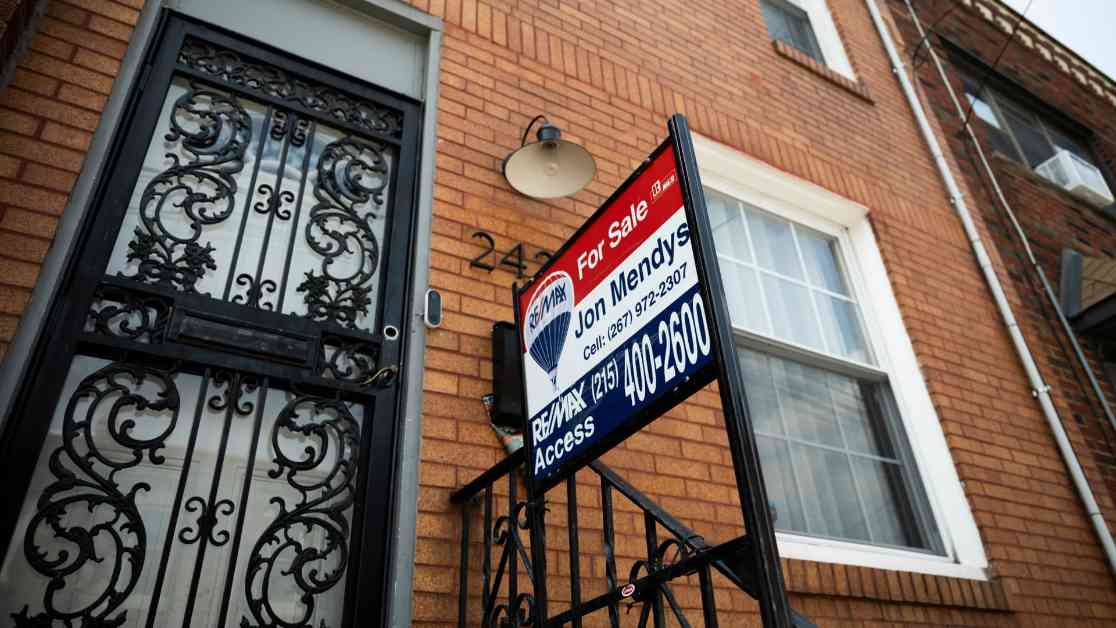The latest data on January home sales paints a challenging picture for the U.S. housing market. Despite a slight uptick in sales compared to the previous year, the numbers are still hovering at a 15-year low. With stubbornly high mortgage rates, soaring prices, and limited inventory, potential buyers are facing an uphill battle in their quest for homeownership. Let’s delve deeper into the details to understand the implications of these trends on the real estate landscape.
Decline in Home Sales
In January, sales of previously owned homes dropped by 4.9% from the prior month, totaling 4.08 million units on a seasonally adjusted, annualized basis. This decline was steeper than analysts had anticipated, with expectations set at a 2.6% decrease. The Chief Economist for the National Association of Realtors, Lawrence Yun, attributed this dip to the unyielding nature of mortgage rates, which have remained stagnant despite efforts by the Federal Reserve to lower short-term interest rates.
Yun noted that the timeline for these sales likely coincided with a period when mortgage rates were relatively more favorable, hovering in the 6% range after a slight decrease from previous highs over 7%. However, the combination of these rates with escalating home prices has created a significant affordability barrier for many prospective buyers. This confluence of factors is contributing to the ongoing struggles in the housing market.
Impact of Inventory and Pricing
At the close of January, there were 1.18 million homes available for sale, marking a 3.5% increase from December and a 17% rise from the same period in 2024. While this uptick in inventory is a positive sign, it is important to note that the supply remains relatively constrained, with a 3.5-month supply at the current sales pace. Ideally, a balanced market would see a six-month supply, ensuring equilibrium between buyers and sellers.
The median price of homes sold in January reached a record high of $396,900, reflecting a 4.8% increase from the previous year. This surge in pricing is further exacerbated by the limited supply, which continues to put pressure on costs. All regions tracked by the NAR experienced price gains, with approximately 15% of homes selling above their list price. This trend underscores the fierce competition in the market, as buyers contend with escalating prices and tight inventory levels.
Despite these challenges, sales at higher price points are outperforming those at lower price ranges. Homes priced over $1 million saw a substantial 27% increase in sales compared to the previous year, while properties in the $100,000 to $250,000 range experienced a 1.2% decline in sales volume. This disparity underscores the growing disparity in affordability across different segments of the housing market.
Realtors have reported weak buyer traffic in January, indicating a reluctance among potential buyers to enter the market despite increased inventory. Lawrence Yun expressed concern over this trend, highlighting the importance of both higher inventory levels and lower mortgage rates to stimulate demand from consumers looking to either upgrade to a new home or enter the market as first-time buyers.
In conclusion, the challenges facing the U.S. housing market are multifaceted, ranging from high mortgage rates and elevated prices to limited supply and sluggish buyer activity. As the real estate landscape continues to evolve, stakeholders must navigate these complexities to foster a more accessible and sustainable housing market for all.



















